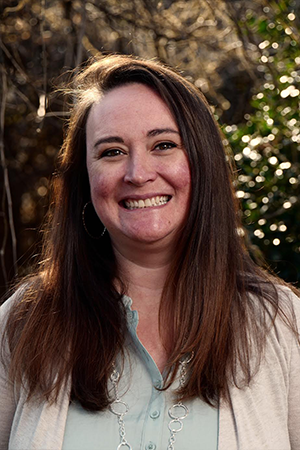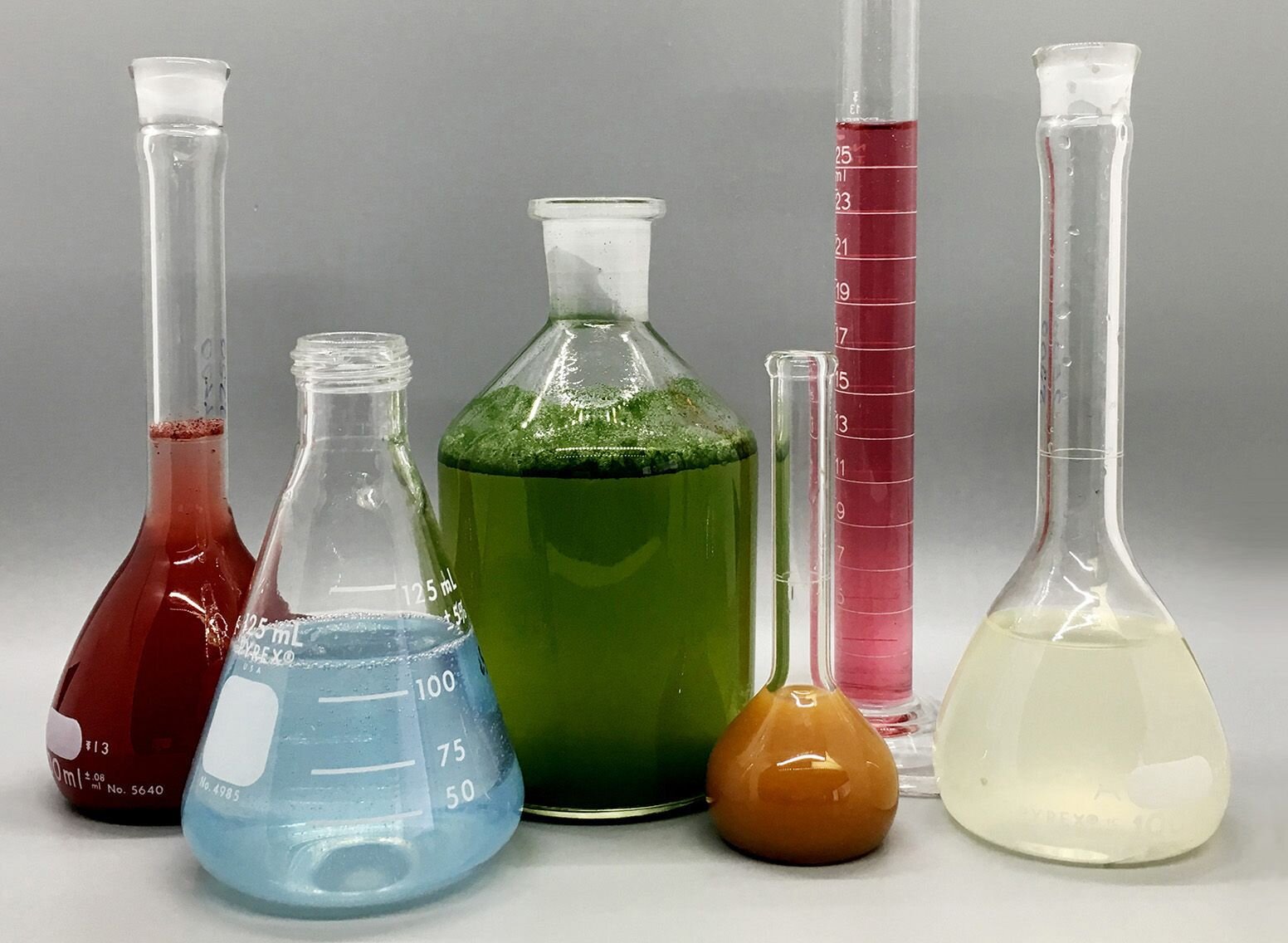A Biased View of Uv/vis
A Biased View of Uv/vis
Blog Article
Some Of Circular Dichroism
Table of ContentsSome Of Uv/vis/nirThings about Circularly Polarized LuminescenceExcitement About Uv/vis/nirUv/vis Can Be Fun For EveryoneCircularly Polarized Luminescence Things To Know Before You Buy

Spectrophotometry is most frequently applied to ultraviolet, noticeable, and infrared radiation, contemporary spectrophotometers can interrogate wide swaths of the electro-magnetic spectrum, consisting of x-ray, ultraviolet, visible, infrared, and/or microwave wavelengths. Spectrophotometry is a tool that depends upon the quantitative analysis of molecules depending upon how much light is absorbed by colored substances.
Some Ideas on Circularly Polarized Luminescence You Should Know
A spectrophotometer is frequently used for the measurement of transmittance or reflectance of services, transparent or nontransparent solids, such as polished glass, or gases. Numerous biochemicals are colored, as in, they absorb visible light and for that reason can be determined by colorimetric treatments, even colorless biochemicals can often be transformed to colored substances ideal for chromogenic color-forming reactions to yield substances suitable for colorimetric analysis.: 65 However, they can also be designed to determine the diffusivity on any of the noted light ranges that typically cover around 2002500 nm using different controls and calibrations.
An example of an experiment in which spectrophotometry is utilized is the decision of the equilibrium constant of a solution. A specific chemical reaction within an option might happen in a forward and reverse instructions, where reactants form products and products break down into reactants. At some point, this chain reaction will reach a point of balance called an equilibrium point.
The Single Strategy To Use For Uv/vis
The quantity of light that passes through the service is a sign of the concentration of certain chemicals that do not allow light to travel through. The absorption of light is due to the interaction of light with the electronic and vibrational modes of molecules. Each kind of molecule has a private set of energy levels associated with the makeup of its chemical bonds and nuclei and hence will soak up light of specific wavelengths, or energies, leading to distinct spectral homes.
They are widely utilized in many markets consisting of semiconductors, laser and optical manufacturing, printing and forensic assessment, as well as in labs for the study of chemical substances. Spectrophotometry is typically utilized in measurements of enzyme activities, decisions of protein concentrations, decisions of enzymatic kinetic constants, and measurements of ligand binding reactions.: 65 Eventually, a spectrophotometer is able to identify, depending on the control or calibration, what substances are present in a target and exactly how much through estimations of observed wavelengths.
Developed by Arnold O. Beckman in 1940 [], the spectrophotometer was created with the help of his associates at his company National Technical Laboratories established in 1935 which would end up being Beckman Instrument Company and ultimately Beckman Coulter. This would come as a service to the formerly produced spectrophotometers which were unable to take in the this page ultraviolet correctly.
The Ultimate Guide To Spectrophotometers
It would be found that this did not offer satisfying outcomes, therefore in Design B, there was a shift from a glass to a quartz prism which permitted better absorbance outcomes - circularly polarized luminescence (https://dribbble.com/olisclarity1/about). From there, Design C was born with an adjustment to the wavelength resolution which ended up having three systems of it produced
It irradiates the sample with polychromatic light which the sample takes in depending on its residential or commercial properties. It is transmitted back by grating the photodiode selection which detects the wavelength region of the spectrum. Ever since, the creation and application of spectrophotometry gadgets has increased exceptionally and has ended up being one of the most innovative instruments of our time.

Some Known Questions About Circular Dichroism.
The grating can either be movable or fixed.
In such systems, the grating is fixed and the strength of each wavelength of light is measured by a different detector in the selection. In addition, most modern-day mid-infrared spectrophotometers utilize a Fourier change technique to obtain the spectral information - https://hubpages.com/@olisclarity1. This technique is called Fourier change infrared spectroscopy. When making transmission measurements, the spectrophotometer quantitatively compares the portion of light that goes through a reference service and a test solution, then digitally compares the strengths of the two signals and computes the percentage of transmission of the sample compared to the recommendation requirement.

Report this page